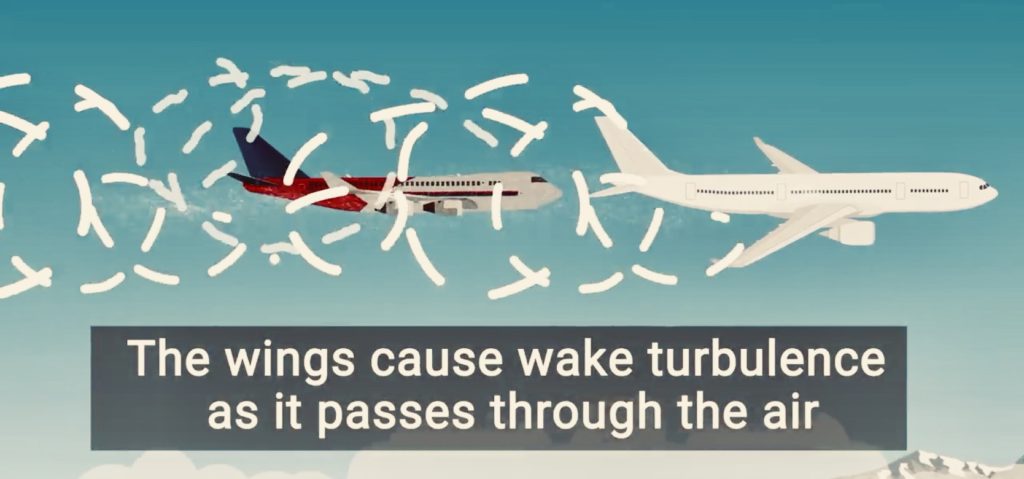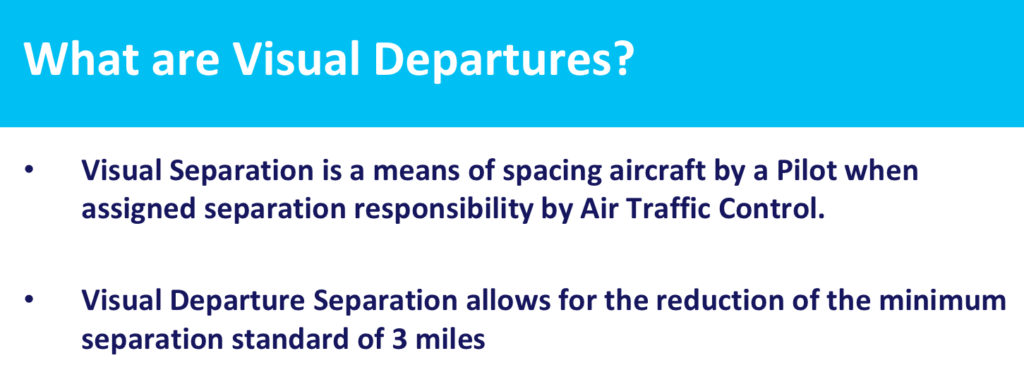
The Greater Toronto Airports Authority (GTAA) has a big problem. Pearson International airport, the only airport the GTAA operates, is expected to reach its maximum safe mixed aircraft capacity of 520,000 aircraft movements a year (as stated in its 2008 master plan) in about 6 years at its current 2% annual growth rate.
The GTAA answer to this problem is a new master plan with increased limits. But how is it achieving this miraculous increase? Unfortunately, it may be following a path familiar to aircraft accident investigators. It is a path called Risk Normalization, and is a direct break with the rest of the Canadian aviation industry’s culture of safety. The GTAA plans to increase its maximum aircraft movements from 90 to 108 aircraft per hour without building any significant additional airside infrastructure. Instead, it appears to be counting on the willingness of pilots and ATC ( Air Traffic Control ) to fly with reduced safety margins.
Will planning on the willingness of ATC to take on minimal wake turbulence separation on landings and on pilots often forgoing radar separation and departing visually impact safety? On departures, pilots will now be expected to take responsibility for separation by using a technique called visual departures much of the time. This introduces the opportunity for a wake turbulence safety event and a pilot created error during one of the most workload intensive phases of flight.

Wake turbulence is high velocity unstable air generated by aircraft. Another departing or landing aircraft flying through the wake of the aircraft in front of it, can experience severe turbulence resulting in a loss of control of the aircraft. This is dangerous for aircraft landing or departing, and has contributed to a number of fatal accidents In North America.

The GTAA does not control ATC or the airlines and their pilots, so it remains to be seen if the new capacity targets can be reached at all. But with a simple paper shuffling exercise, the GTAA is allowing its business problem to turn into added work load for pilots and a potential safety problem. It is encouraging pilots to reduced safety margins and downloading workload and the associated risks onto pilots.
Even today’s current plan of 90 movements an hour is occasionally not achieved in practice and is controversial. It relies on using Pearson’s three east west runways most of the time, even when winds favour using Pearson’s two north south runways instead. Unless cross winds exceed 25 knot (dry runway) or 15 knots (wet runway) the three east west runways are used. This allows approximately 90 all weather movements an hour vs 70 on the north south runways. Aircraft of all sizes and types are safer if they land and take off into the wind. A contributing factor to the crash of Air France in 2005 at Pearson, were the severe cross winds at the time of the accident.
The GTAA continues to encourage utilizing the three east west runways to this day to increase its capacity ( number of aircraft movements ) and for noise abatement. To put it another way, pilots are asked to take off and land with more risk than is required compared to utilizing the runways favouring the wind direction. This requires a greater level of pilot skill and is placing the passengers (in that aircraft) and people living in and around the airport at a greater level of personal risk. In aviation jargon this is called Risk Normalization and it is the stuff “pilot error” accidents are made of. Sadly, it will be a pilot trying to handle the added challenges created by GTAA business decisions, who will be blamed for the next major accident at Pearson.

Perhaps the best example of “Risk Normalization “ was the famously difficult approach to Hong Kong’s old Kai Tak International airport. This approach required specific pilot training and certification due to the local geography and high level of pilot experience required. Luckily there are no mountains to dodge in Toronto. Instead Risk Normalization is taking place due to runway constraints and business reasons. There is no cost effective ways to add additional airside capacity to Pearson.
The Minister of Transport has been presented by the GTAA with a new 2018 Masterplan. If approved, this new masterplan appears to normalize yet another level of risk into daily operations at Pearson. Airlines, their pilots and air traffic control will be encouraged to increase the utilization of procedures designed to reduce aircraft wake turbulence separation safety margins. The risks of reduced wake turbulence separation, and the added workload of pilots managing visual separation on departures will be added to the unusual crosswinds already woven into everyday operations at Pearson airport. The risk is especially dangerous for smaller aircraft such as business and regional jets.
Why add to a pilots work load in this manner? Why should the traveling public accept a reduced level of safety in comparison to other heavily congested airports in the developed world? Is this the future of air travel in Toronto? Are Canadians supposed to simply accept a lower standard of safety margins?

There is another way. Instead of a path of lowering safety standards and increasing the likelihood that major accidents will occur, the GTAA and the interests it represents can step aside and allow the development of a new airport in Pickering. The land for Pickering airport is already owned by the federal government, is zoned for an airport and is in the regions official plan.
The GTAA’s current opposition to Pickering airport is given teeth by section 44 of its Pearson land lease agreement with the Canadian government. This allows the GTAA to block Pickering airports development as long as it “still has capacity at Pearson”. Is this section creating a financial incentive for the GTAA to overstate its capacity by reducing safety margins? That appears to be what is happening now and can only be justified from a blurred vision of the GTAAs own self-interest.
Unlike other alternatives such as Hamilton or Waterloo, Pickering will be true competition to the GTAA’s existing monopoly. Pickering’s close in access to Toronto’s passenger catchment area (2.3 million people live within 30 km of Pickering airport ) makes it a perfect jet reliever airport for Toronto.
It is time for the Minister of Transport to say NO to the path of creeping risk normalization baked into the new GTAA masterplan. It is time for our government and its aviation watchdog to protect the interests of the traveling public. The time to build the Pickering airport has arrived.
A good article and perfectly clear assessment of this on-going debate. The only smart decision here is to green light a new airport in Pickering. I assume this writer is a pilot given the explanation and descriptions of traffic separation and cross-wind challenges. Non-pilots should not even be allowed to comment on important decisions that impact on the safety of aviation matters.
Sounds like the decision is based on the interests of protecting the Toronto airport rather then the best interests of passengers and the general public.